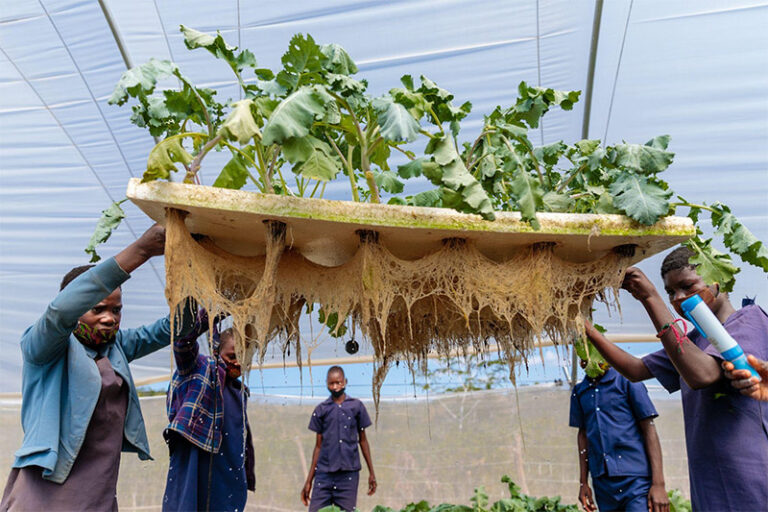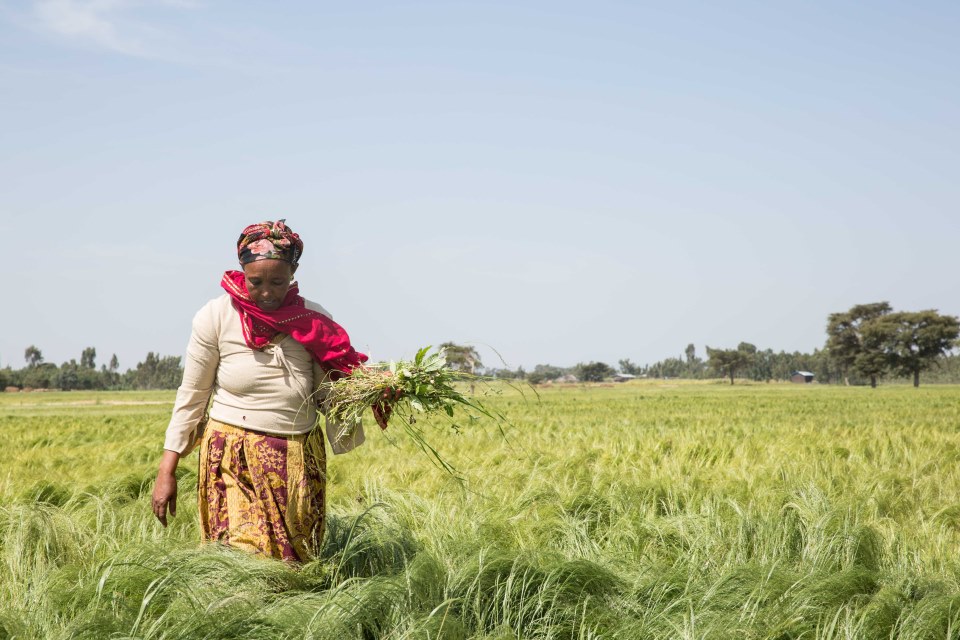Shokuiku – How Japan Leverages School Meals as a ‘Living Textbook’ for Lifelong Healthy Eating
Throughout June, communities and schools across Japan participate in “Shokuiku Month,” a nationwide initiative to celebrate and raise awareness of the importance of healthy eating and the role school meals play in shaping children’s eating behavior and supporting local food systems.
In Japan, school meals go beyond just a meal and serve as a “living textbook” to prepare children with the good judgment required for lifelong good nutrition and sustainable diets. In 2005, the national government passed the ‘Basic Act on Shokuiku’. Shokuiku, meaning ‘food and nutrition education’, is a concept deeply embedded within the national school meal program.
Japan has a long and storied history with school meals, or “Kyushoku” in the Japanese language. The first program started in 1889 at a private school within a Buddhist temple in Tsuruoka City, where priests gathered donated food from the community and served free lunches to children from poor families. This spurred similar programs in cities across Japan shortly thereafter.

Japan has a long and storied history with school meals, or “Kyushoku” in the Japanese language. The first program started in 1889 at a private school within a Buddhist temple in Tsuruoka City, where priests gathered donated food from the community and served free lunches to children from poor families. This spurred similar programs in cities across Japan shortly thereafter.
School meals were significantly scaled in the aftermath of World War II, when the country faced severe food shortages and increased rates of childhood malnutrition, leading to the 1954 passage of the national School Lunch Program Act. This Act requires all public elementary and junior high schools to establish and provide safe and nutritious school lunches for all students. As of May 2021, 99.7% of all public elementary schools and 98.2% of all junior high schools provide school meals.
With Shokuiku, most school programs are managed by a ‘food and nutrition teacher’, who also leads on preparing meal menus. This teacher also actively engages with students’ families and shares information around good nutrition. Menus are designed to include a diversity of foods guided by the local seasons.
It is also common for schools to serve international meals once a month to introduce students to food and cultures from around the world. The central government strongly encourages schools to use local products in developing their menus. In 2021, 56% of all food purchases made from participating schools were locally produced.
“When students are able to eat local food each school day, it helps develop students’ understanding of how their food is produced before it arrives on their plate”, explained Kei Kuriwaki, President of International Child Nutrition Japan and Advisor at Global Child Nutrition Foundation. “This also helps students develop a greater appreciation for traditional Japanese food culture and encourages greater respect for the environment and care in how food is grown,” Kei further added.
Students and their families are actively engaged in supporting the program. At lunch time, students set up the classroom as a lunchroom and rearrange their desks as dining tables. At many schools, students also serve meals to their fellow students and lead in cleaning up after. Most schools fund the cost of the program’s management while meal ingredients are paid for by parents. Families that are unable to pay are provided an allowance through Japan’s social welfare services.
School meals have played an important role in improving the nutritional intake of children across Japan. Without a school lunch, children tend to consume more fat and salt and less fiber. Students that have a school lunch tend to consume more protein-rich foods such as fish and meat as well as more vegetables and fruits.
Given the rich lessons to be learned from Japan’s national school meal program, the Global Child Nutrition Foundation will be hosting the 24th Global Child Nutrition Forum this December in Osaka, Japan. The forum is a four-day learning exchange, bringing together governments from across the world and their partners to support the development and implementation of sustainable national school meal programs. Forum participants will also have the opportunity to see Japan’s school meal program in action and learn more about shokuiku. For more information on this year’s forum and to register to attend, please visit GCNF’s website here.













No comment yet, add your voice below!